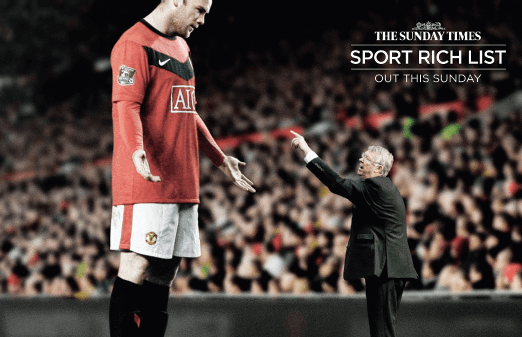The beautiful truth
Our industry has a curious habit of ‘discovering’ decades-old intellectual theory and seizing upon it like a shiny new tool, to be brought out, admired and wielded as often as possible.
In the early 2000s the rage was for the concept of the ‘tipping point’, popularised by Malcolm Gladwell, but actually developed some 25 years prior by the US academic Linda Price.
Next, the spotlight fell on Behavioural Economics, the suite of psychological theory first postulated by Kahneman and Tversky back in the 1950s and ignored by marketers for the entire intervening period, despite its obvious relevance to our discipline.
The latest doctrine to achieve fetish status is ‘data visualisation’ – inspired by the publication of Information is Beautiful, with its pages of organic swirls, spheres and tendrils illuminating the statistical truth behind everything from Aids prevalence to global fishing stocks.
The marketing-industry torchbearer for ‘dataviz’ – as its advocates like to call it – is former D&AD president Aziz Cami, who uses it to inject vigour into the banks of data produced by research firm Kantar, where he is creative director.
So marketers have another shiny implement in the toolkit. What took them so long? The principles underpinning ‘The visual display of quantitative data’ were laid down by Edward R Tufte in three classic volumes back in the early eighties, and even he was careful to acknowledge the contribution of the father of the discipline – one William Playfair (1759-1823).
Still, we have got there at last, and the experience of ingesting multiple sets of numbers in our increasingly data-rich marketing world will become more intuitive, penetrating and agreeable as a result. There is a watchpoint, though, that centres on the need for extraordinary creative imagination to translate the raw data into those captivating visual snapshots.
In our industry, that creative talent is generally shackled to the task of adding gloss to reality. Will designers and art directors reared on hyperbole and enhancement be able to shake the habit when the objective is simple veracity?
An example of this tension at work is the recent Sunday Times campaign for its Rich List supplement. Each ad is essentially a data-visual, in which famous people are depicted in the same situation at strikingly different sizes, to represent their difference in wealth.
One execution shows Wayne Rooney and Sir Alex Ferguson standing on the touchline, with the manager about two thirds as tall as the striker. The aim was to use height as the cipher for the gap between Fergie’s £32m fortune and Rooney’s £45m. The sin it commits is one preached against by Tufte: images like this will be automatically decoded by the eye based on their volume. The result is not information but illusion: you can’t help but see the statistical difference as vastly greater than it is.
This is just advertising, of course, with an objective of impact rather than precision – but it should alert us to be on our guard when presented with sumptuously-rendered visualisation of pivotal data, especially when it emanates from an agency that might nurture some kind of preferred outcome.
Let’s not allow our justified enthusiasm for marketing’s newest gleaming thing to blind us to the tenet that the ultimate beauty is truth.
William Playfair (1759-1823) was a Scottish political economist with a passion to make important data more memorable. As he observed, ‘a man who has carefully investigated a printed table finds, when done, that he has only a very faint and partial idea of what he has read’.

Sunday Times information or illusion?
Edward Tufte, dubbed the ‘Leonardo Da Vinci of data’ by The New York Times, is currently Professor Emeritus of Political Science, Statistics, and Computer Science at Yale University. Much-awarded and with multiple honorary degrees, his most recent book is entitled Beautiful Evidence. You can catch him on his one-day course, ‘Presenting Data and Information’, running throughout the summer in the US.
David McCandless The London-based author, data-journalist and information designer, whose work has appeared in over 40 publications, has recently teamed up with Aziz Cami at Kantar to launch the Information is Beautiful Awards. Brian Eno is on the judging panel, and winners will be announced in July.
GE As part of a drive to bring its ‘Imagination at work’ ethos to life, GE is running projects in data visualisation ‘to simplify the complexity and drive a deeper understanding of the context in which we operate’.
